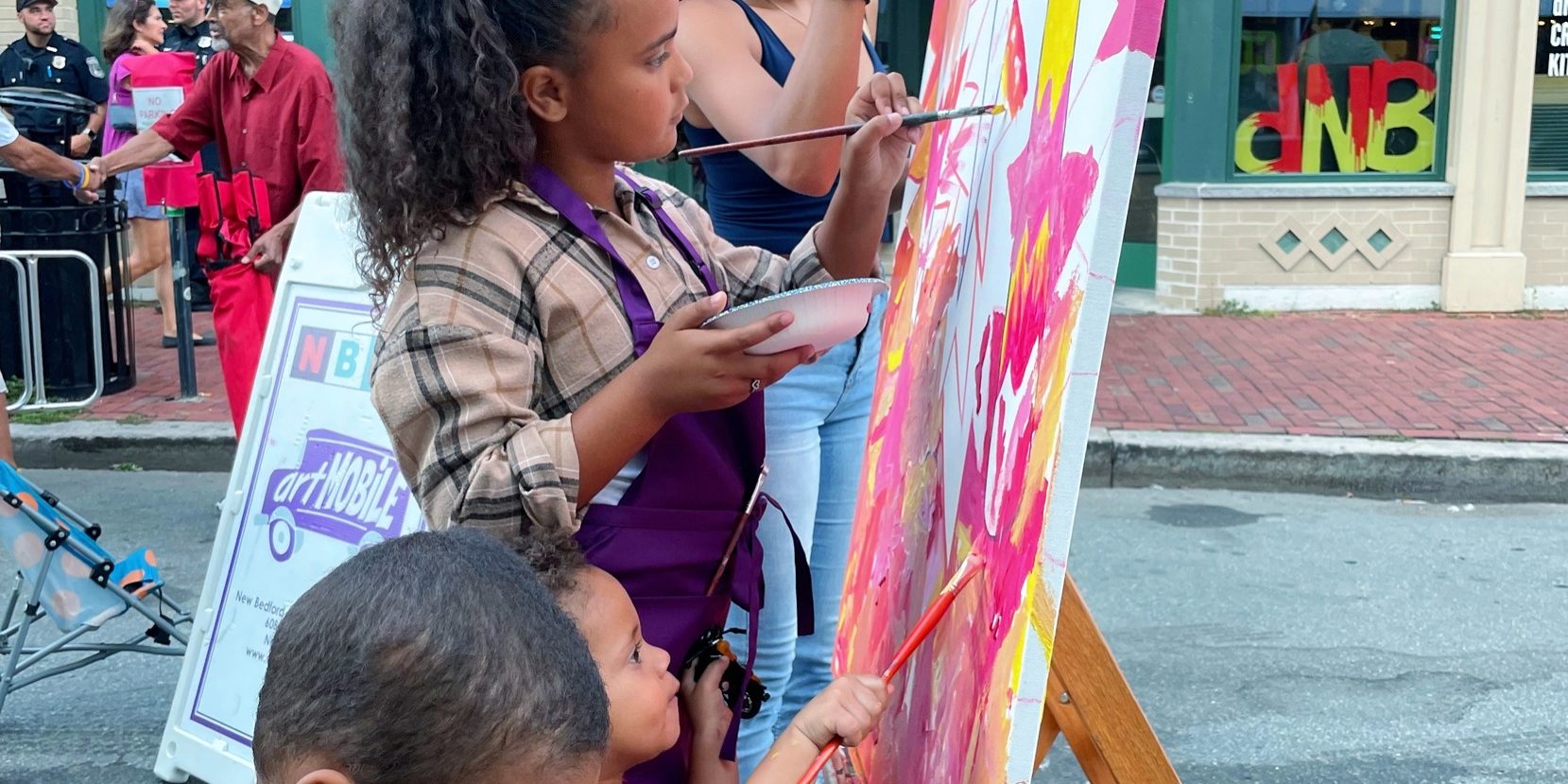In a world where access to the arts is often limited by geography or socio-economic barriers, the Artmobile has emerged as a groundbreaking initiative transforming how communities engage with creativity. This mobile art studio is not just a vehicle—it’s a movement that delivers hands-on artistic experiences directly to people where they live, learn, and work. Whether parked outside a school in a rural town or set up at a city festival, the Artmobile creates an inclusive, imaginative space where anyone can be an artist.

The concept of the Artmobile is both simple and revolutionary. At its core, it’s a traveling art classroom or gallery that reaches underserved areas and provides access to high-quality art education and experiences. For many children and adults alike, especially in rural or economically disadvantaged communities, the Artmobile is their first real interaction with a creative environment. These experiences can have a lasting impact, boosting confidence, sparking new interests, and encouraging lifelong engagement with the arts.
One of the key strengths of the Artmobile lies in its flexibility. Unlike traditional brick-and-mortar institutions, the Artmobile can adapt its programming based on the needs of the community it serves. From offering painting and drawing workshops to hosting collaborative mural projects, the mobile unit can shift gears quickly to address educational goals or local cultural themes. This adaptability has allowed the Artmobile to form partnerships with schools, libraries, museums, and community centers, further embedding it into the fabric of local culture.
At its best, the Artmobile serves as a catalyst for community transformation. In neighborhoods where resources are scarce, it brings not only art supplies but also hope and opportunity. The presence of the Artmobile can energize a town, attracting families, students, and educators to come together and celebrate creativity. It fosters dialogue, promotes inclusivity, and often reveals hidden talent that might otherwise remain undiscovered.
For educators, the Artmobile is a valuable ally in enhancing arts curricula. With trained teaching artists on board, it offers innovative programming that aligns with educational standards while keeping students engaged in meaningful, hands-on learning. Schools that lack dedicated art teachers or facilities benefit enormously from these mobile resources. The Artmobile fills a critical gap, ensuring that every child has the chance to explore their artistic potential regardless of their school’s budget or location.
The impact of the Artmobile is not confined to children. Adults, seniors, and even entire families find value in its offerings. Community art days, therapeutic art sessions, and cultural storytelling events are just a few of the ways the Artmobile caters to a broader audience. These initiatives can be particularly powerful in helping people process emotions, connect with others, and build a sense of belonging—something that’s increasingly important in today’s fragmented social landscape.
Sustainability and innovation are also key components of the modern Artmobile model. Many programs are incorporating eco-friendly practices, such as using recycled materials, solar-powered vehicles, and digital art tools to minimize environmental impact. Technology is also playing a role, with some Artmobile units equipped with tablets, virtual reality headsets, and other digital media to introduce participants to contemporary forms of artistic expression. These updates ensure that the Artmobile remains relevant in a rapidly evolving educational and cultural environment.
Funding for Artmobile initiatives often comes from a mix of public grants, private donors, and community fundraising efforts. While financial sustainability can be a challenge, the visible impact of the Artmobile often galvanizes local support. Stories of transformation—like a student discovering a passion for sculpture or an elderly resident reconnecting with their heritage through painting—demonstrate the value of investing in mobile arts access. These stories help secure the future of the Artmobile and inspire similar models across the country and even globally.
The future of the Artmobile looks promising. As arts education advocates continue to push for broader access, the mobile model is likely to become even more prevalent. Urban centers, suburbs, and remote areas alike can all benefit from the inclusive, adaptable, and inspiring approach the Artmobile represents. It’s a vision of art not as a luxury for the few, but as a shared human right that rolls directly into the heart of every community.
In summary, the Artmobile is more than a vehicle—it is a dynamic tool for social change, education, and cultural enrichment. Its presence disrupts the traditional boundaries of who can access and participate in the arts. As it travels from one neighborhood to the next, the Artmobile carries with it not just brushes and paints, but the promise of creativity for all. And that’s a message the world needs now more than ever.
